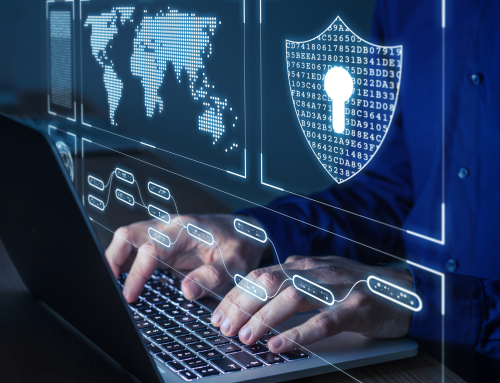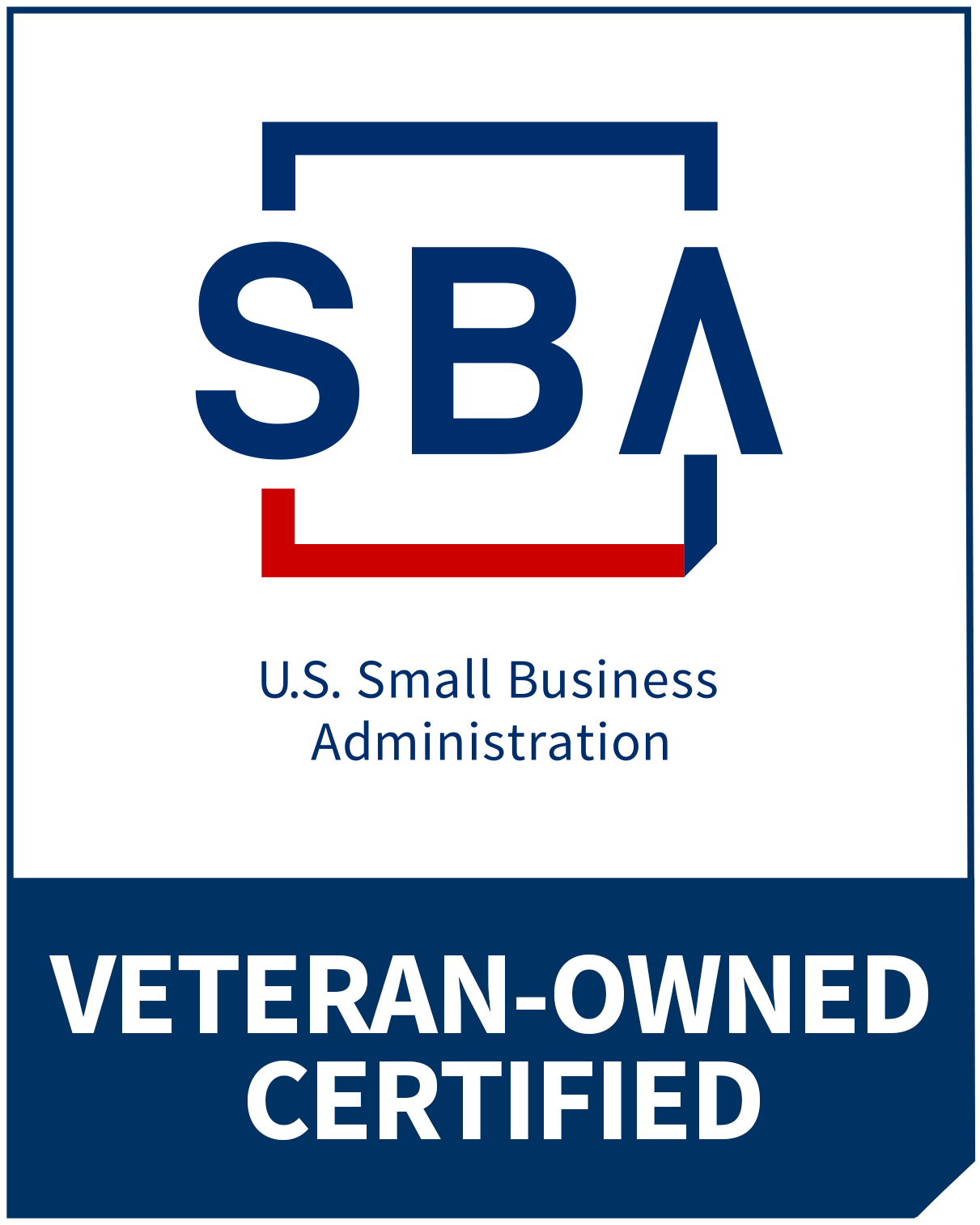The Dawn of a New Work Era
Welcome to the era of hybrid work, where the traditional office environment has been transformed into a blend of remote and on-site work. This shift, while offering flexibility and a host of benefits, also presents a unique set of cybersecurity challenges. As we navigate this new landscape, the importance of endpoint security and robust cybersecurity measures cannot be overstated.
The Crucial Role of Cybersecurity in a Hybrid Work Environment
Let’s talk about the elephant in the room – cybersecurity in a hybrid work environment. It’s a whole new ball game, isn’t it? Employees are logging in from their kitchen tables, coffee shops, you name it. And each of these access points is like an open door, inviting cyber threats to waltz right in.
So, cybersecurity isn’t just a tech issue anymore. It’s a business issue. It’s about protecting your assets, your data, and your reputation. And it starts with endpoint security. Think about it – every laptop, every mobile device, they’re all potential entry points for cyber threats.
But let’s not stop there. We’ve got remote employees, possibly using their own devices or hopping onto public Wi-Fi networks. It’s like walking a tightrope without a safety net. We need to arm our teams with the knowledge to spot phishing attempts, to use strong passwords, and to secure their home Wi-Fi.
And what about a Virtual Private Network (VPN)? It’s like a secure tunnel for your data, keeping it safe from prying eyes.
Then there’s the zero-trust security model. Trust no one, verify everything. It’s not about being paranoid, it’s about being prepared.
Regular IT audits? Absolutely. Keep everything up-to-date, spot the vulnerabilities, and patch them up.
And if the worst happens? You need a plan. A team ready to jump into action, clear communication lines, and a recovery strategy.
So, let’s not underestimate the role of cybersecurity in a hybrid work environment. It’s a big deal. But with the right approach, we can turn this challenge into an opportunity for growth and innovation.
Zero Trust Architecture: A Paradigm Shift
Let’s talk about Zero Trust Architecture (ZTA). It’s a game-changer. Forget “trust but verify.” With ZTA, it’s “never trust, always verify.” Everyone’s a stranger until proven otherwise.
Big names like VMware, Dell, and Cisco are leading the way. VMware’s Workspace ONE is a one-stop-shop for access control, application management, and endpoint management. Cisco’s Zero Trust solution? It’s like a security guard at every potential entry point in your network.
But what does ZTA look like in practice? Think network segmentation, multi-factor authentication (MFA), and least privilege access. It’s about making sure that even if a cybercriminal gets in, they can’t get far. And in a world where threats can come from anywhere, that’s a strategy we can all get behind.
Implementing Endpoint Security
Securing endpoints is a critical aspect of cybersecurity in a hybrid work environment. It’s the frontline defense in a hybrid work environment. Think about it – every laptop, every mobile device, they’re all potential gateways for cyber threats. So, we need to secure these endpoints, and we need to do it fast.
Endpoint security solutions are like the rapid response team of your network. They’re designed to detect, analyze, block, and contain attacks in progress. It’s about stopping threats in their tracks before they can do any real damage.
Take Fortinet’s FortiClient, for example. It’s an endpoint protection platform that provides automated threat protection. It’s like having a personal bodyguard for your devices, always on the lookout for potential threats. And the best part? It’s customizable. You can tailor it to fit your specific needs.
Then there’s SonicWall’s Capture Client. This tool offers advanced threat protection techniques and even has the ability to rollback a system to a previous state in case of a malware attack. It’s like having a time machine that can undo the damage caused by cyber threats.
But remember, implementing endpoint security is not just about installing software. It’s also about educating your team. They need to know the risks, understand the importance of regular updates, and be aware of the signs of a potential cyber attack. After all, the most effective security measures are the ones that are followed by everyone in the organization.
Cybersecurity Risk Management: A Proactive Approach
When it comes to cybersecurity in a hybrid work environment, we need to think beyond just putting out fires. We need to be fire wardens. That’s where cybersecurity risk management comes in. It’s about identifying, assessing, and reducing risks. It’s about staying one step ahead of the threats.
Think of it as a four-step dance. First, you identify the risks. What are the potential threats to your network? Then, you assess them. How likely are they to occur, and what would be the impact? Next, you reduce the risks. What measures can you put in place to prevent these threats? Finally, you control the residual risks. What’s your plan if a threat becomes a reality?
And the good news? You’re not alone in this dance. Cloud giants like AWS and Microsoft are here to help. AWS’s Security Hub gives you a bird’s eye view of your security alerts and compliance status. It’s like having a security dashboard for your network. On the other hand, Microsoft’s Azure Security Center offers advanced threat protection for your hybrid workloads, whether they’re in the cloud or on-premises. It’s like having a personal bodyguard for your data, wherever it is.
Ensuring IT Security Compliance
IT security compliance is the rulebook for your network in a hybrid work environment. It’s a set of guidelines designed to safeguard the integrity, confidentiality, and accessibility of your data. In the digital landscape where remote work is the norm, adhering to these rules isn’t just important—it’s essential.
But let’s be honest, compliance can be a headache. It’s not just about ticking boxes. It’s about understanding the rules, implementing them, and making sure they’re followed. And with employees working remotely, that’s easier said than done.
That’s where Citrix comes in. Their solutions, like Citrix Secure Internet Access and Citrix Secure Workspace Access, offer a comprehensive, cloud-delivered solution to secure direct internet access for all apps, content, and devices. It’s like having a security guard for your internet gateway, making sure everything that comes in and out is up to standard.
And then there’s Ruckus, now part of CommScope. Their Cloudpath software offers secure network access control. It’s like a bouncer for your network, ensuring that only devices that meet your security standards can get in.
So, let’s play by the rules. Let’s ensure IT security compliance. Because in this game, a secure network is the winning goal.
Wrapping Up
As we embrace the hybrid work model, it’s clear that a robust cybersecurity strategy is non-negotiable. From understanding the zero trust architecture to implementing endpoint security, managing cybersecurity risks, and ensuring IT security compliance, there’s a lot to consider.
But remember, you’re not alone in this journey. At Weaver Technologies, we’re committed to helping you navigate the complexities of cybersecurity in a hybrid work environment. With our expertise and partnership with leading technology providers, we can help you build a secure, resilient, and compliant IT infrastructure. Let’s work together to turn these cybersecurity challenges into opportunities for growth and innovation.







